PARIS – December, Paris 2015
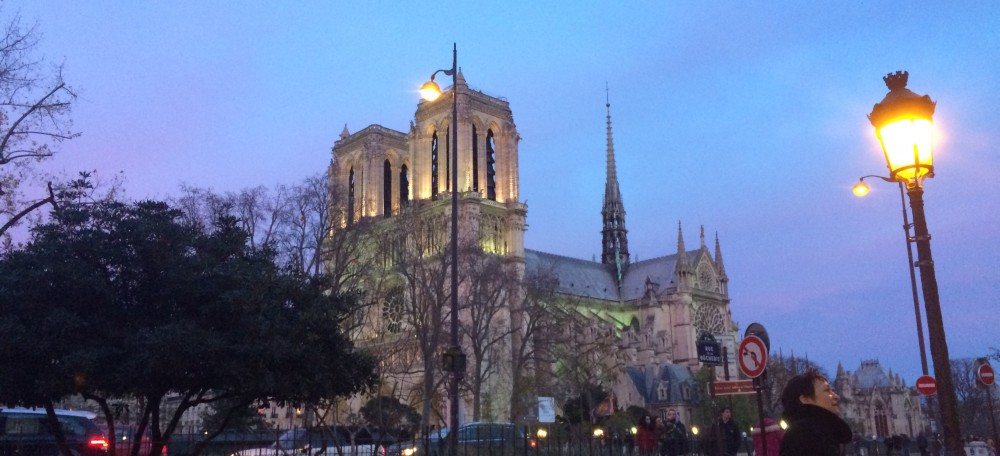
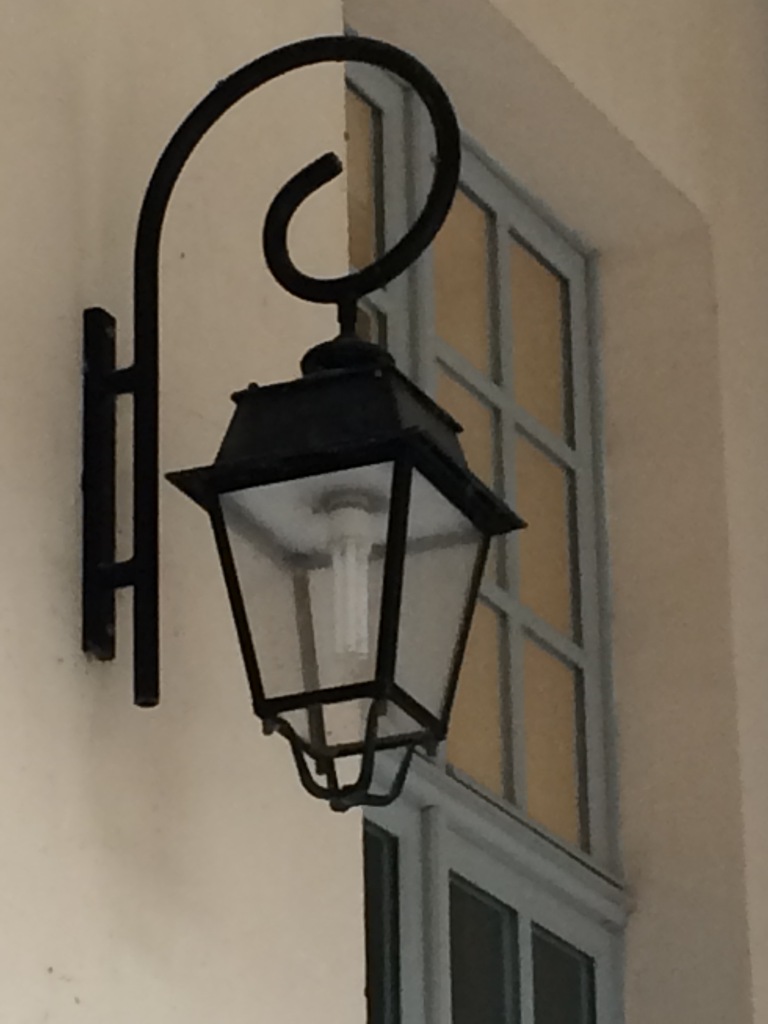
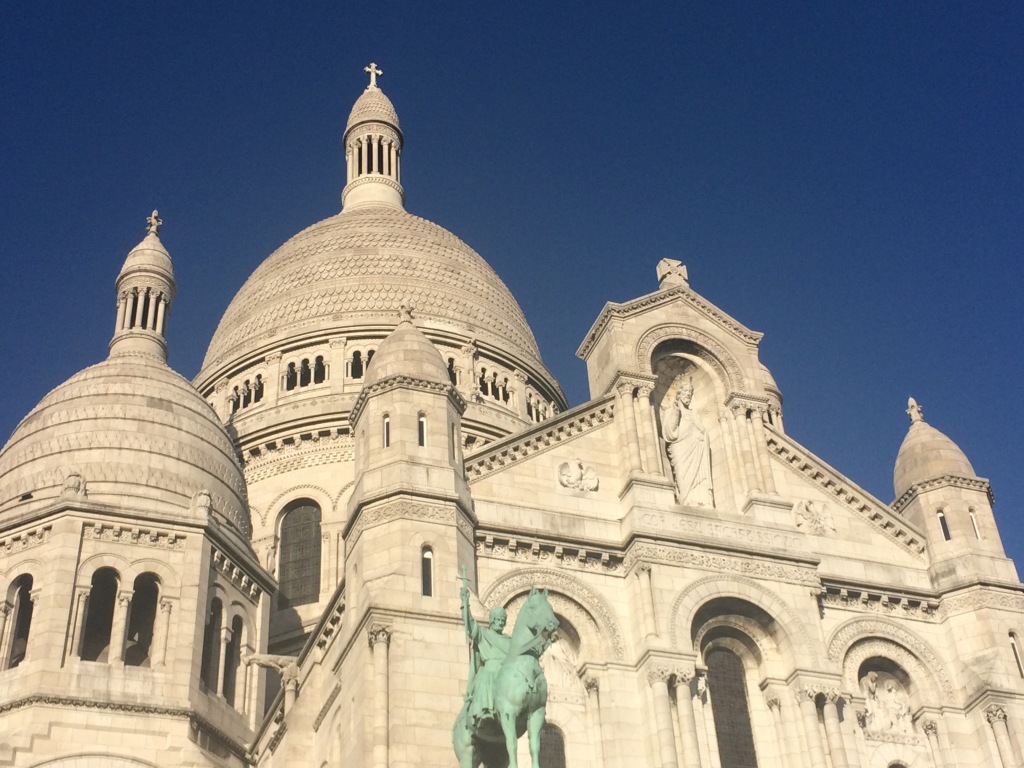
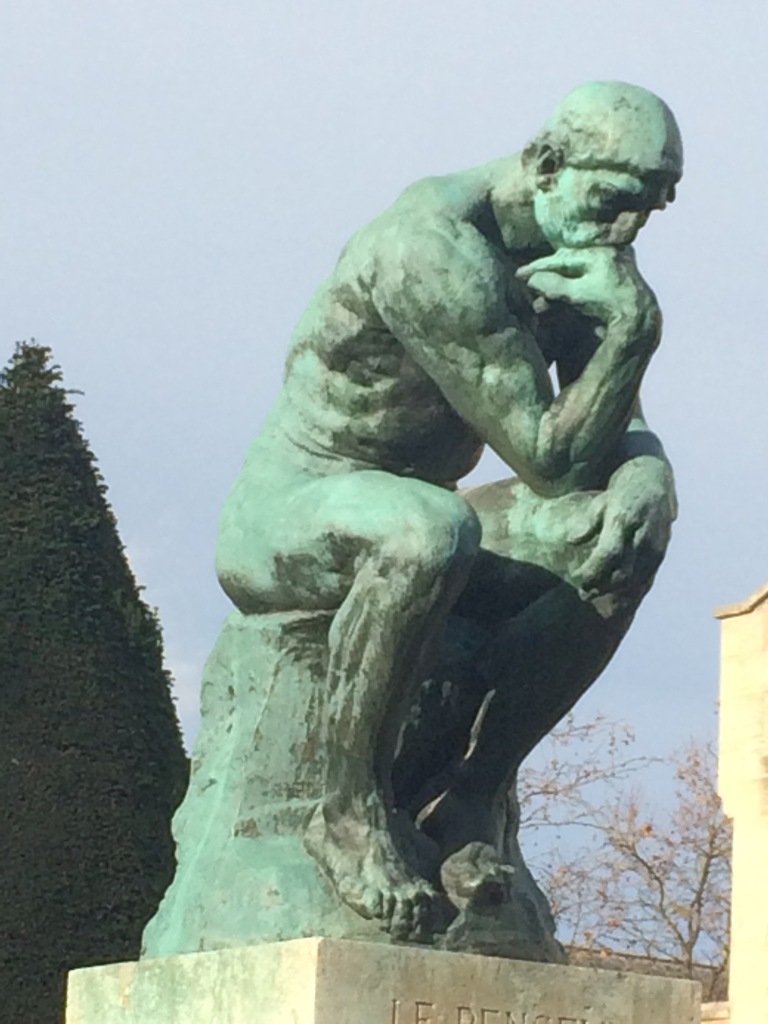
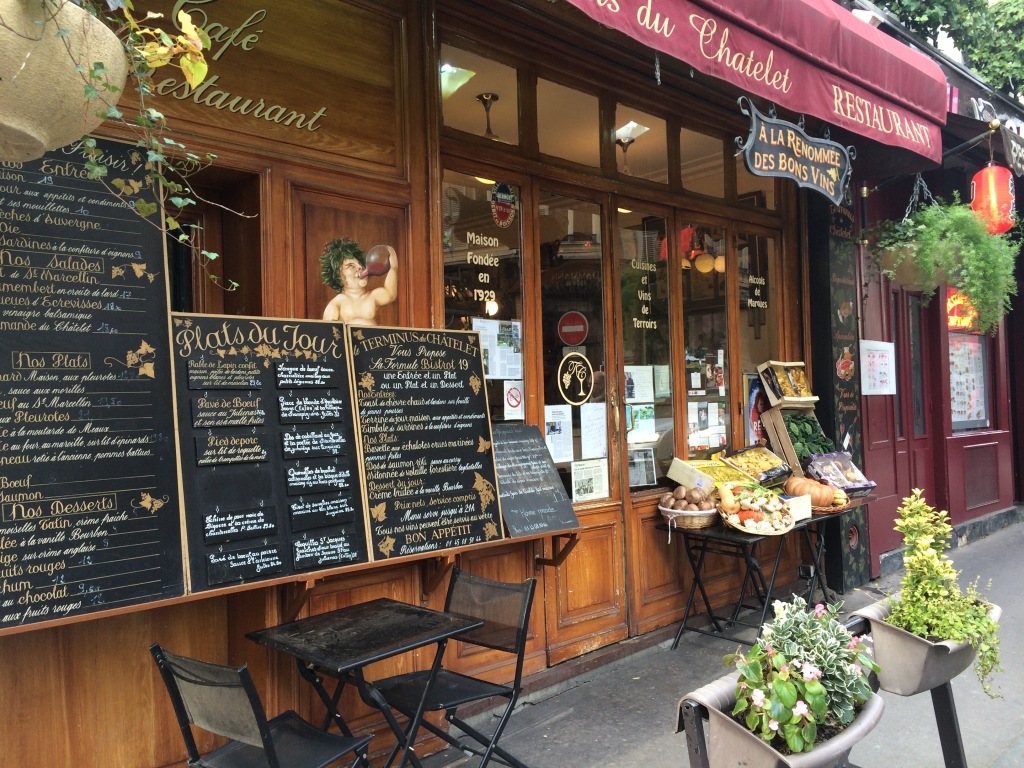
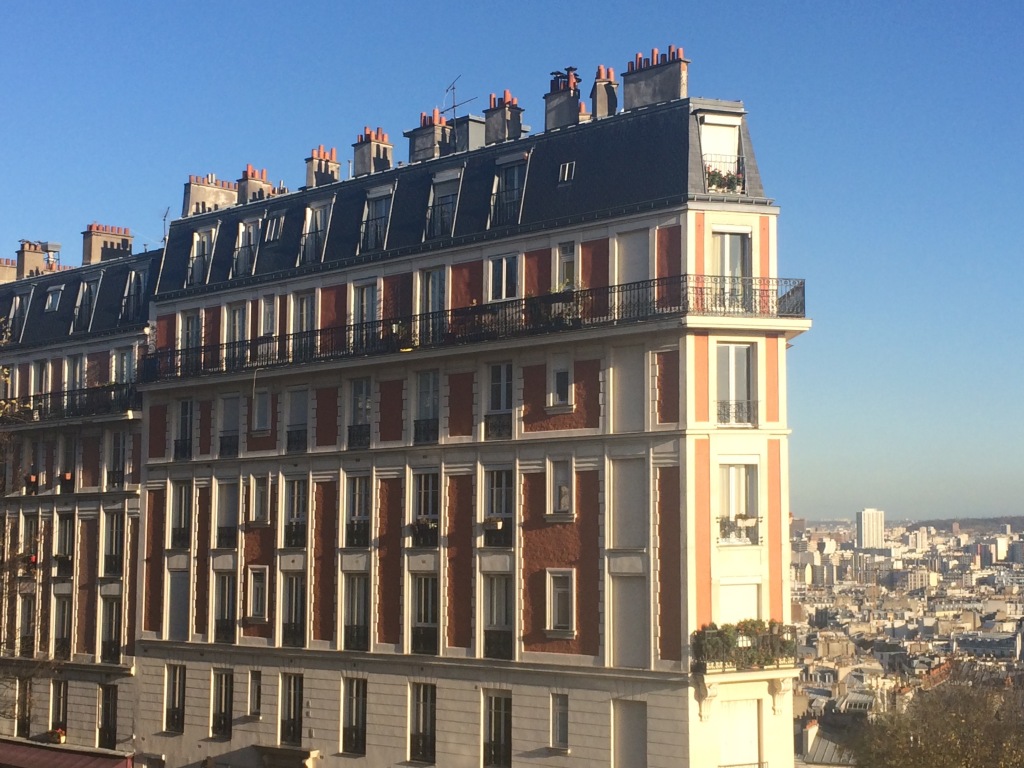
We all want a voice – Everyone wants to be heard. To share an opinion, to declare a view on an issue. To feel that we have contributed, that we have had our say. Here are my thoughts and reflections on my recent trip to Paris.
Just before Christmas I spent a week in Paris, my daughter is spending her year abroad there as part of a French and German degree. I was curious to see for myself how the city was rebounding from recent events. The first thing I noticed was that the terminal buildings at Charles de Gaulle Airport were illuminated in the blue, white and red of the French flag. The Stade de France and Eiffel Tower were illuminated too. The streets seemed quieter than normal but it was quite late in the evening, maybe it was my imagination. The taxi driver was very chatty and genuinely friendly, he welcomed me to Paris – that’s new!
THE LOOK OF PARIS – The city of Paris that we know and love is largely the result of Napoleon lll – the first democratically elected President of France and nephew of Napoleon Bonaparte. In the middle years of the 19th century he was determined to rid Paris of the slums, to create large public areas and to make Paris into a light and bright city. The phrase ‘City of Light’ was later used by Hemingway to describe Paris. The project of modernising Paris and getting rid of the pestilential, stinking over-crowded neighbourhoods had a profound social effect. It cleared the city of huge numbers of very poor and potentially trouble-making types. From the point of view of the political elite it was essential to destroy these dens of sedition. Victor Hugo’s novel Les Miserables conveys brilliantly a world of narrow streets, poor quality housing, ill health and desperation.
Napoleon lll appointed Haussmann to deliver his vision of the ‘new Paris’ and to create a magnificent European capital city, one to eclipse all others. From Place d’Etoile the grand boulevards of Paris radiated out in all directions linking The Louvre, Place de la Concorde, Opera and Arc de Triomphe. The project to create the Bois de Bologne, inspired by London’s Hyde Park dates from the same time. It’s so important to remember that the city of Paris that we see today is a vision of 19th century idealism. The city we know and love was created by force, uprooting people and destroying neighbourhoods in the name of progress and modernisation. The rights of ordinary French people were often ignored along the way. It’s no wonder that the French have mastered the art of ‘la manifestation’ the demonstration. Their journey leading up to the Revolution of 1789 and continuing throughout the 19th century has been a long, often violent struggle. In fact the term ‘barricade’ came into use when the ‘revolutionaries’ of Paris blocked the streets with wood torn from ‘les barriques’ huge wooden wine barrels.Ideal for piling up at the end of a street and preventing carriages and horses (and therefore police and soldiers) from entering. Even better ‘les barriques’ were made of wood and created dramatic and impenetrable fires. Haussmann successfully redeveloped huge swaths of Central Paris and introduced a modern sewerage system. In fact ‘Les Egouts de Paris’ are the pride of the city and can be visited to this very day.
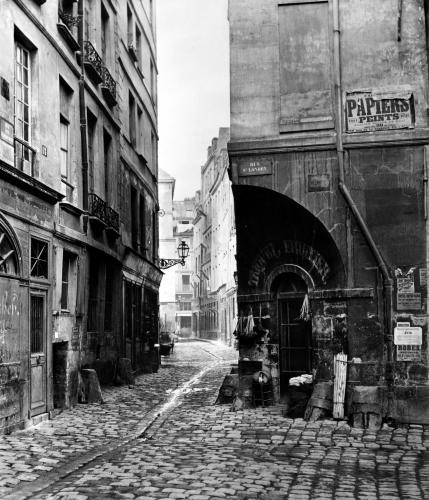

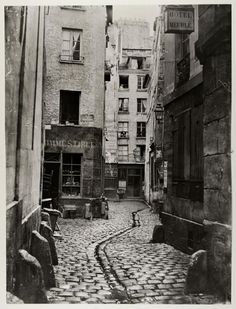
The first thing I noticed walking to the Metro on my first morning in Paris was the number of homeless people on the streets, not just a handful, but many. Often with the look of people that have been there for some time, complete with sleeping bags, rucksacks, even tents. In fact the local people seemed to know them and said hello, or perhaps gave them a few euros. Who are these people I wondered. Is it not possible to provide for these individuals? Is it not an indicator of a caring society, how we treat are less fortunate citizens? As I walked through Les Halles there was an American woman seated at the side of the street, slouched in a very soiled sleeping bag, shouting repeatedly that she wanted to see her lawyer. How do these poor people become displaced, in a position where they have nowhere to go, resorting to sitting on the road side, waiting, waiting, waiting for what? The presence of the homeless disturbs and unsettles me. Instinctively I find it not right. I don’t have a solution but I feel like I should have one.
Paris is a city of contrasts on the one hand there are people sleeping rough, on the other there are wealthy Middle Eastern families purchasing 18th century palaces on Ile St Louis, in the middle of the River Seine. How can such extremes still exist in the 21st century? The globalisation of markets has enabled the super rich to move their money and wealth from continent to continent, country to country at whim. This has created a massive escalation in house prices and accommodation costs. Young people cannot afford to rent apartments in Paris (or London) without the support of their parents. As one of my son’s so eloquently put it, ‘ridiculously high rents in London effectively exclude anyone who is not middle class from a university education’. My daughter’s apartment in Paris is pretty small and costs more than € 1000–per month. It is less than 30 square metres in size. She and her flat mate feel lucky to have found it.
CLIMATE CHANGE – The Climate Change Talks were taking place during my stay in Paris and for the first time there were high hopes that representatives from all corners of the globe might agree some sincere and practical initiatives to reduce carbon emissions and to collectively honour our ‘blue planet’. In a disused warehouse on the Canal St Martin, now a trendy cafe and exhibition space four women from Honduras, Nicaragua and Panama spoke of their traditional way of life. They urgently need to protect their forests from outsiders, loggers and corporate interests. I’m struck again by the need for a voice. A voice, everyone needs a voice, the opportunity to be heard. These women have travelled thousands of miles to explain their plight and yet their audience is scant. It is tragic.
GLOBALLY we are in a period of climate warming, the implications of this especially for coastal and marginal areas is profound. Harvests are diminishing. Flooding is becoming more frequent. Outside The Pantheon an artist had installed half a dozen blocks of ice, to demonstrate the effects of global warming on our ice caps. The melting of the ice. Here in the Place du Pantheon is a physical and visible example of the effects of global warming. The ice bergs are dotted around the square. drip, drip, dripping to extinction. Meanwhile on the banks of the River Seine, a giant model of a whale was being spray-painted by a man in overalls dangling precariously from a cherry picker. The aim of the life-size whale was to demonstrate the diversity of our planet, the richness of our seas and the wealth of animal life in our extraordinary environment. The message of the riches of our planet is clear – here in this beautiful city we must never forget how fortunate we are to be breathing life-giving oxygen, appreciating this magical, precious life. It is a privilege that we must not take for granted.
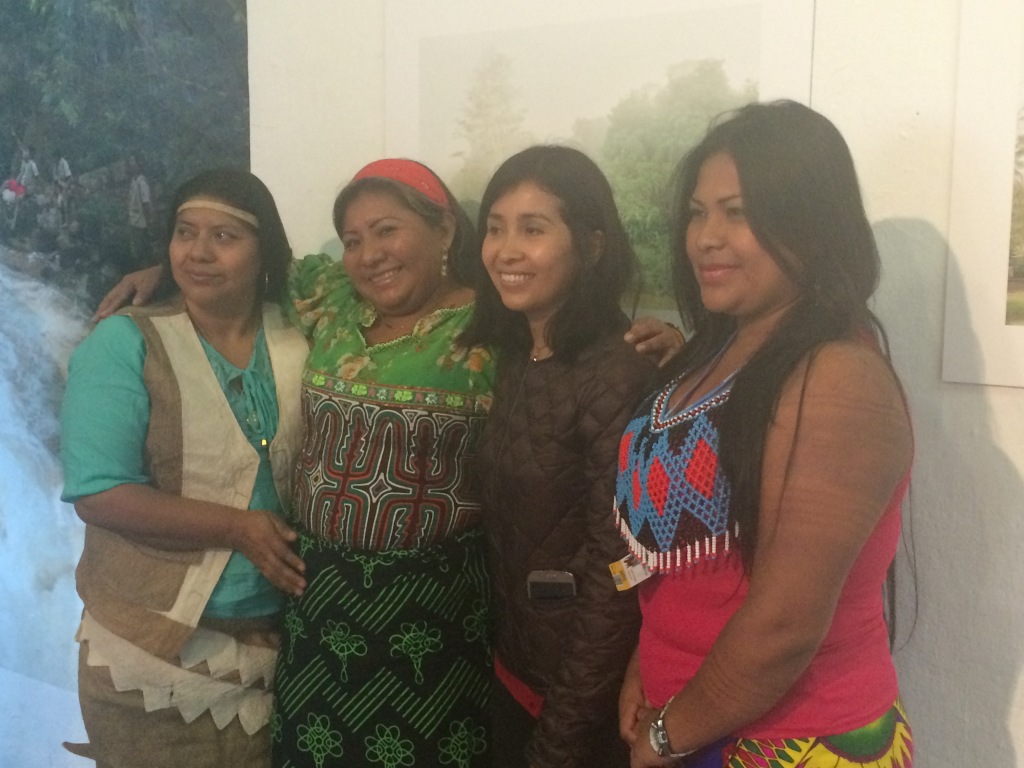
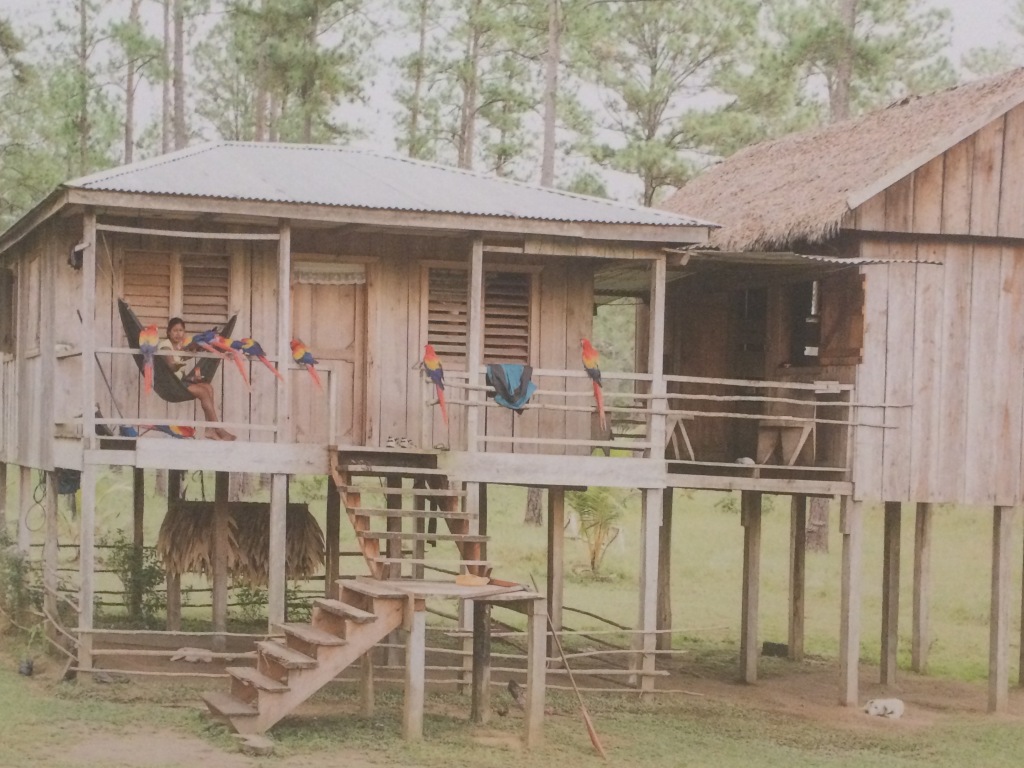
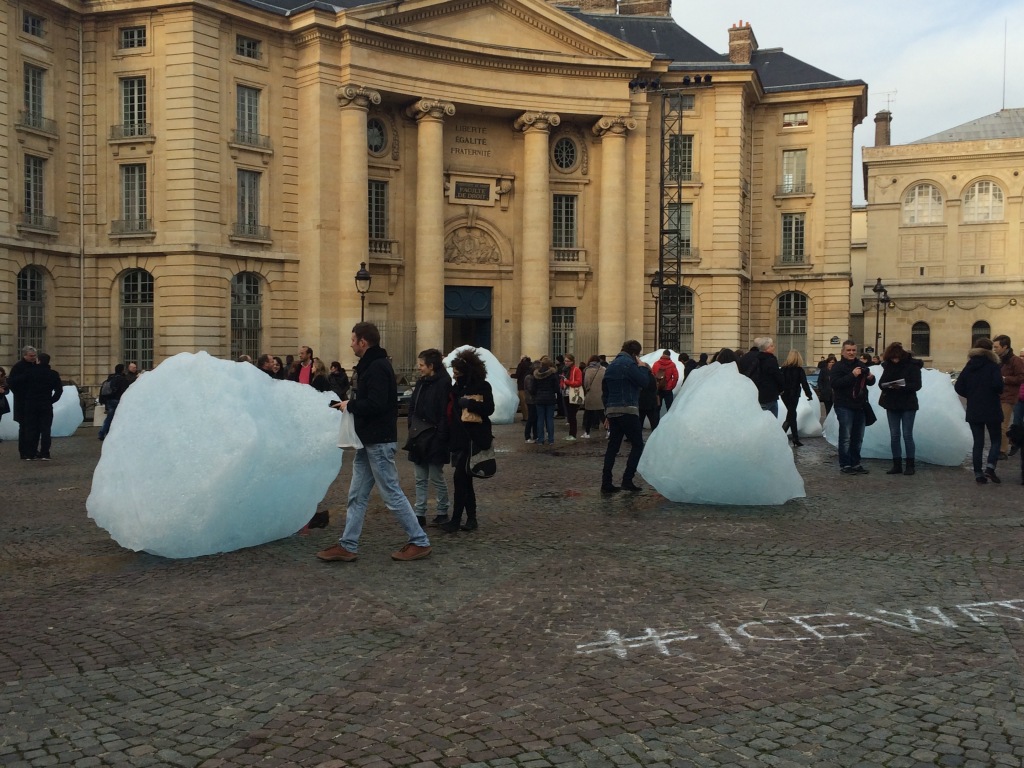
CULTURE, ART AND MUSIC – Paris is a cultural, artistic and fashion metropolis too – it always has been. My daughter suggested a visit to the Irish Cultural Centre, housed in a charming, traditional ‘hotel’ just a stone’s throw from the Pantheon and La Sorbonne. There was a compelling photographic exhibition by Tom Wood, an Irish photographer being shown. The images of Ireland, Liverpool and North Wales made me feel right at home. His bleak journalistic style was perhaps a little too close for comfort.
A few steps through a shabby wooden door and we are back in the sunshine. Looking across a courtyard, a square courtyard, surrounded on three sides by a covered verandah. The verandah is laced in elegant 19th century ironwork. The towns of Ireland are commemorated above each iron pillar, Limerick, Cork, Dublin, Tralee. The courtyard has chairs and tables scattered around. A place of calm and tranquility in the heart of Paris. For me this peaceful courtyard was perfection. A glimpse of Paris one hundred years ago, maybe more. In the 1940s this place was a hospital and rehabilitation centre. I can see the uniformed officers, American, Polish, French working here before and after the war. Supporting displaced people, offering medical treatment, issuing passports for those desperate to return home. A place of hope. I was reluctant to leave. There’s a library and teaching rooms. You can even stay here, as long as you have an ‘interest in Irish culture and art’. Now who do I know in Irish literary circles……what was the name of that chap who wrote Angela’s Ashes, not that I’ve read it. Perhaps I could pretend I’m developing a learned thesis on Yeats?
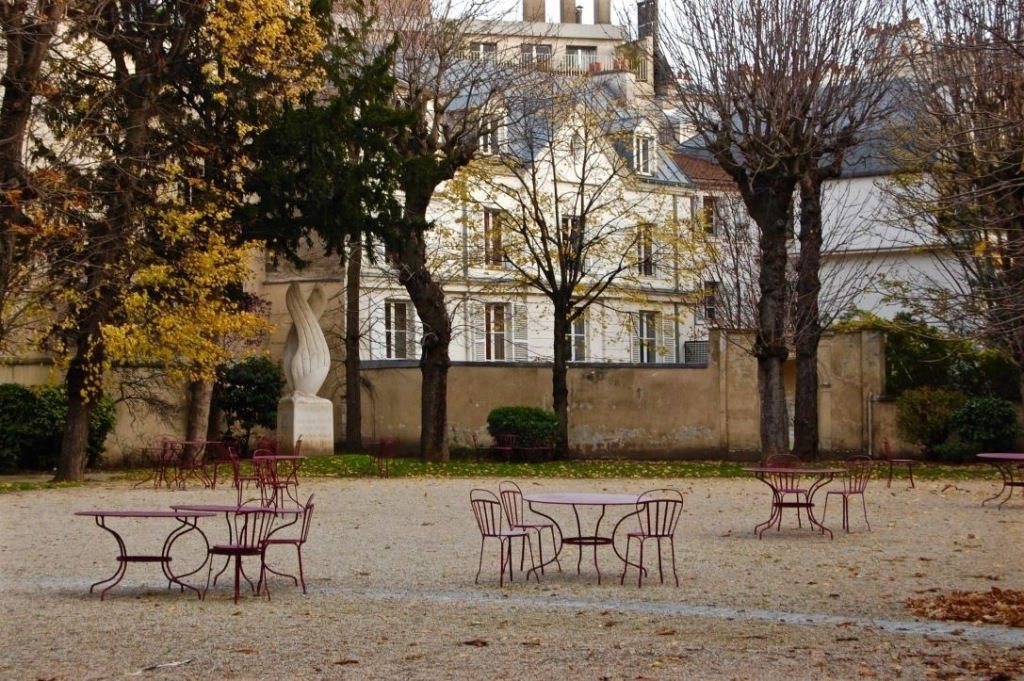
That evening we headed north across the Seine to Le Marais for a friend’s book launch. Hosted in a charming little jazz bar called Club Rayé – the Owner an ex-pat American is a perfect host. Following in a long tradition of Americans attracted to the bohemian lifestyle of ‘gaie Paris’. I’m transported to a Paris of Toulouse Lautrec, a time of cabaret, show girls and vibrant music. The club is warm and comfortable with resident jazz musicians in the corner. My friend Kelley Black is launching her new book. A small international crowd from America, France, Sweden, England and Spain have gathered to support her. Paris still has that draw, that attraction for people. If you invite someone to a book launch in Paris, the chances are they’ll say – yes please!
RODIN AND EIFFEL – The roller coaster of contrasts continued the next day at the Rodin Museum. I’d never noticed before that Rodin’s sculpture ‘Le Penseur’ is directly in line with the Eiffel Tower. Both Rodin and Gustave Eiffel were the products of 19th century Paris. This was the 1880s, the era of The Great Exhibition. The Eiffel Tower was being built. Paris was reinventing itself as the finest city in Europe. Auguste Rodin was the perfect individual through whom to consider late 19th century Paris. Having failed to get into the College des Beaux Arts he continued to paint and to sculpt. He developed a realistic approach to sculpture which showed the torment, struggle and effort in the limbs, muscles and faces of his subjects. He rented rooms at Chateau Bidon, close to Les Invalides and the River Seine, so that he had an elegant studio where patrons could view his work. Today the Chateau Bidon is the Rodin Museum. The elegant gardens are a dramatic setting for ‘Le Penseur’ and for his realistic statue of Victor Hugo. Also in the gardens I saw ‘The Gates of Hell’ huge, monumental bronze gates conveying a scene of chaos and despair as souls struggle and clamber to avoid the final descent into the abyss.
I was reminded of ‘Orpheus in the Underworld’ a popular comedy opera of 1858 written by Offenbach. The theme amongst artists of the time was that ‘all was not quite as it seemed’. Whilst superficially the city of Paris was light, bright, elegant and beautiful, the reality if you scratched the surface was quite different. The great talents of the time like Rodin in sculpture, Hugo in literature and Offenbach in opera were driven to show this underbelly, this seedier side of Paris to the world. I’d love to know if Gustave Eiffel knew Monsieur Rodin. After all Eiffel was a national hero. No sooner had he completed the Eiffel Tower than he was commissioned to construct the Statue of Liberty as a gift for the French people. You couldn’t imagine a more perfect French national hero than Monsieur Gustave Eiffel.
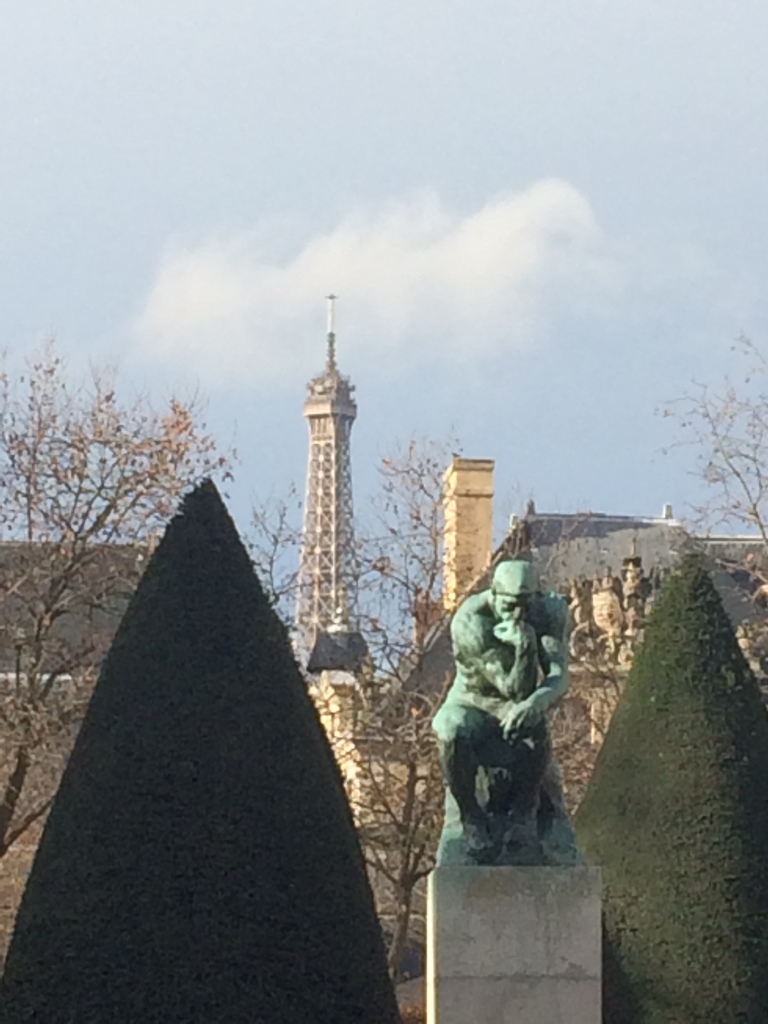


SHAKESPEARE & CO – A trip to Paris has to include a visit to Shakespeare & Co. This is a small, slightly annoying bookshop packed with very pretentious, english speaking people, talking loudly and generally being a pain. You will hear no french being spoken here. It’s not like me to say mean things on my blog but on this occasion I just have to make an exception! It attracts a certain kind of ex-pat gap year type individual. You have been warned. If you want to hear arrogant nonsense being spouted from the mouth of a spotty, goofy-looking youth then you’ve come to the right place. On the other hand they do have a delightful staircase, painted with a quotation from Hafiz (a Persian poet), there’s a nice cafe and they have a fabulous selection of books. Perhaps the solution is to go with ear plugs!
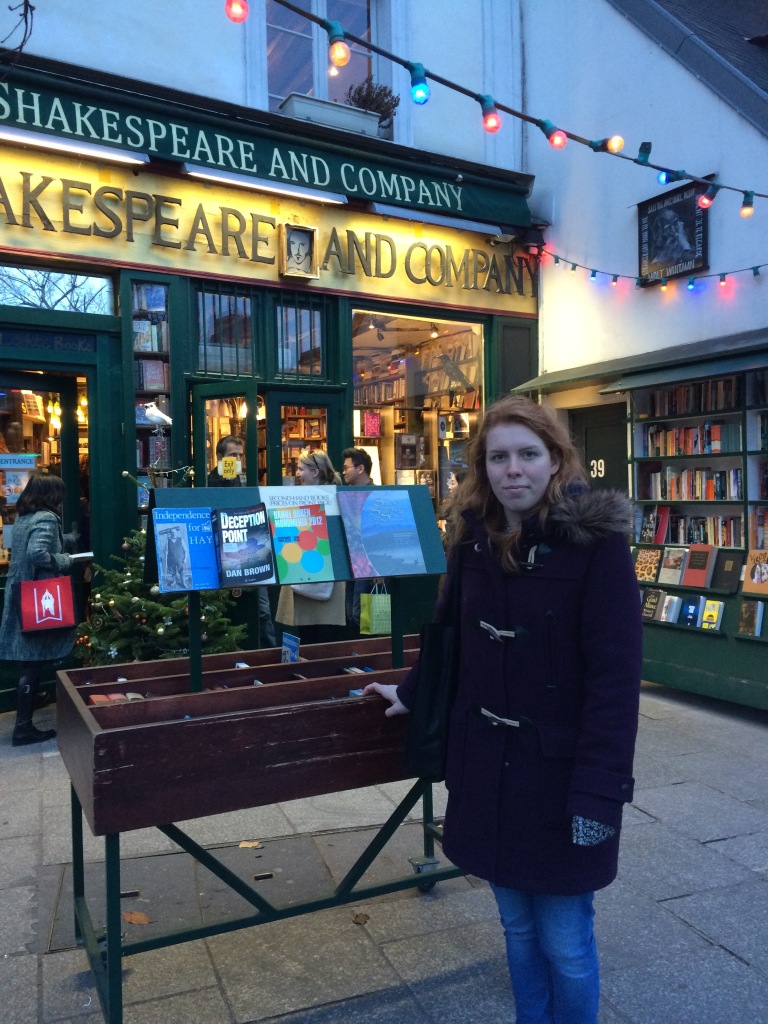
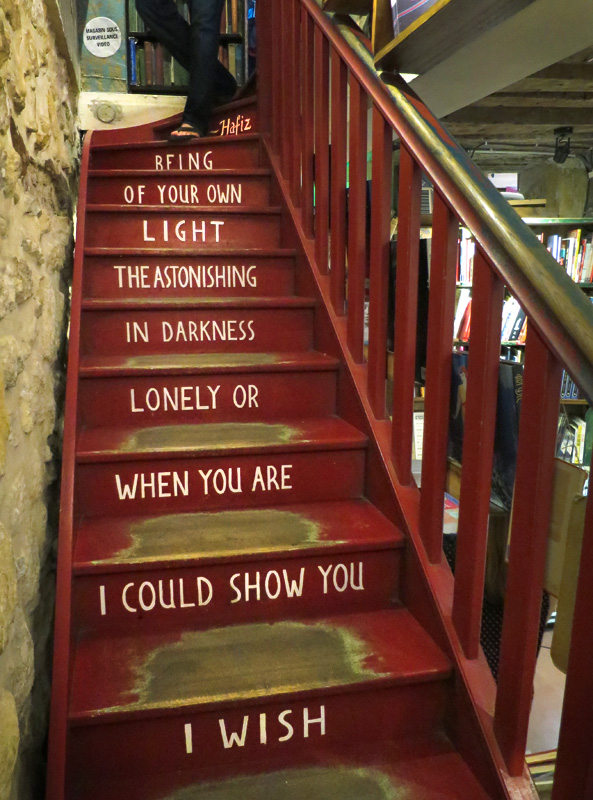
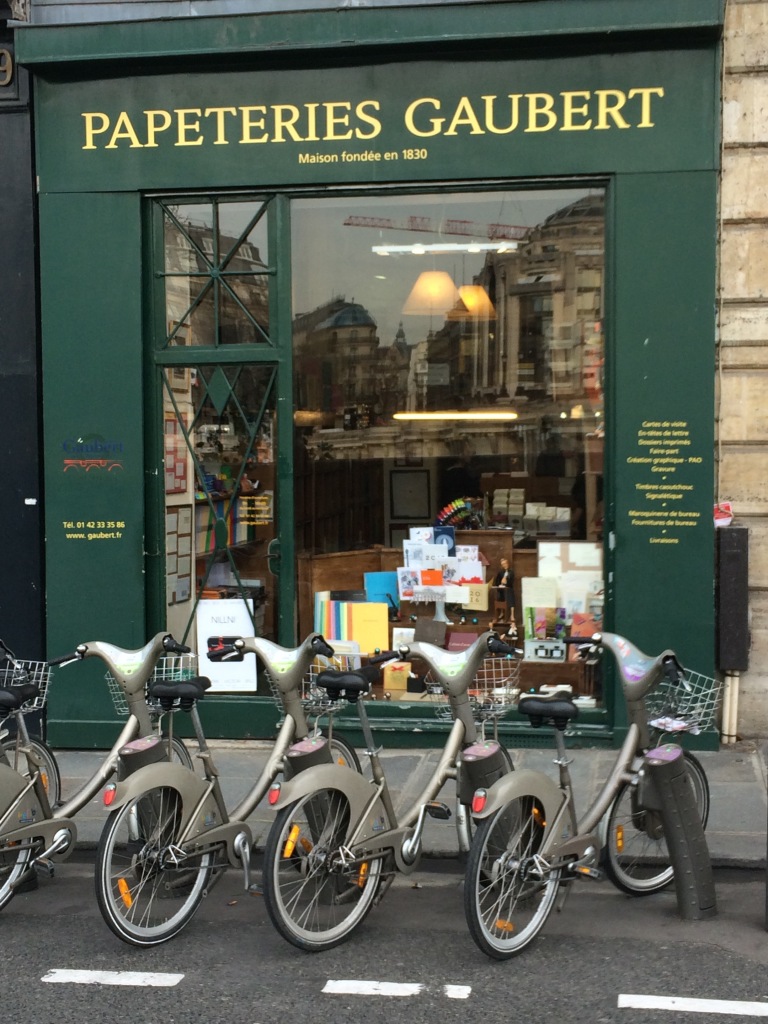
This neatly concludes my ‘thoughts from Paris’. The city is fascinating, there is an endless supply of museums and galleries. It is international, diverse, vibrant. Paris is elegant, beautiful and timeless. As Ella Fitzgerald sang so beautifully….”I love Paris in the springtime, I love Paris in the fall, I love Paris in the winter when it drizzles, I love Paris in the summer when it sizzles………….”
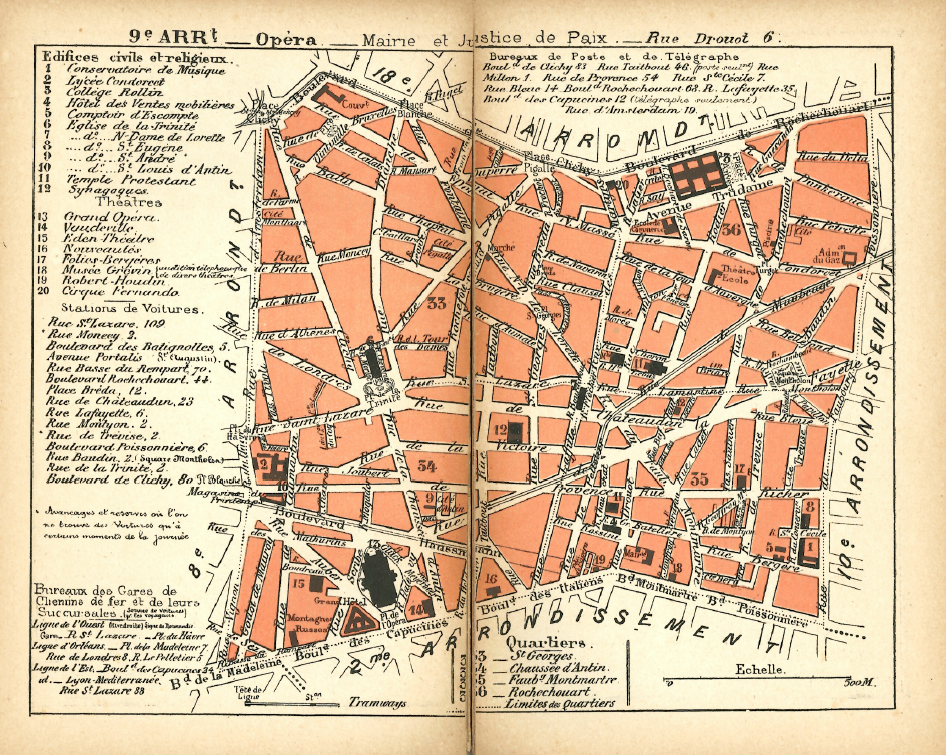
Notes:
- Les Egouts de Paris are open to the public – Metro: Pont de l’Alma – € 4– pp
- The Pantheon is a majestic building in the Latin Quarter. It is the burial place of: Victor Hugo, Emile Zola, Jean Jacques Rousseau, Voltaire, Antoine Saint-Exupery and Pierre & Marie Curie.
- The Irish Cultural Centre is a must for interesting exhibitions and tranquility.
- Tom Wood the Irish photographer is also worth checking out.
- Woody Allen’s ‘Midnight in Paris’ is a great film – strongly recommended.
- Here is a great clip from the film: A Clip from Midnight in Paris
- For more on Paris: Paris – Hotel Jules et Jim
- A stroll through Paris
- The image below is the work of Irish photographer Tom Wood.
- Any questions or comments don’t hesitate to contact me:
- Click here to e-mail me.janet@greyhoundtrainers.com
- For a fun evening head to Club Raye in the Marais. The best cocktails in for The best cocktails in Paris / sadly I think this club has now closed down.
- Five years on and the need to respect our planet and get to grips with ‘climate change’ is more pressing than ever. President Biden, in America, has rejoined the Paris Climate Change Accord. Let’s hope there is light at the end of the tunnel.
- For a little fix of Paris during these lockdown times check out: Arsene Lupin on Netflix, watch it in French with subtitles. It is fantastic and the City of Paris is definitely the star! https://youtu.be/MuccKc_LNoY
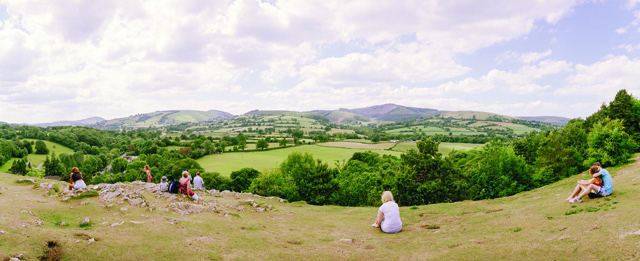
- Written – December, 2015
- Updated – February, 2021

Makes me want to go to Paris again, Janet! Your images are vivid!
LikeLike
Really enjoyed reading this Janet, so nice to see Lucy as a young woman too, she looks like Mum!
LikeLiked by 1 person
Hello Sue – Happy New Year to you. Thank you so much for reading my blog. Yes Lucy is doing well – she is in Paris for a year abroad as part of a French and German degree. I’m going to visit her next week. Lucky me! I was in Plumley Village Hall just before Christmas and I saw your name on the notice board. Keep on yoga-ing!!!
LikeLike